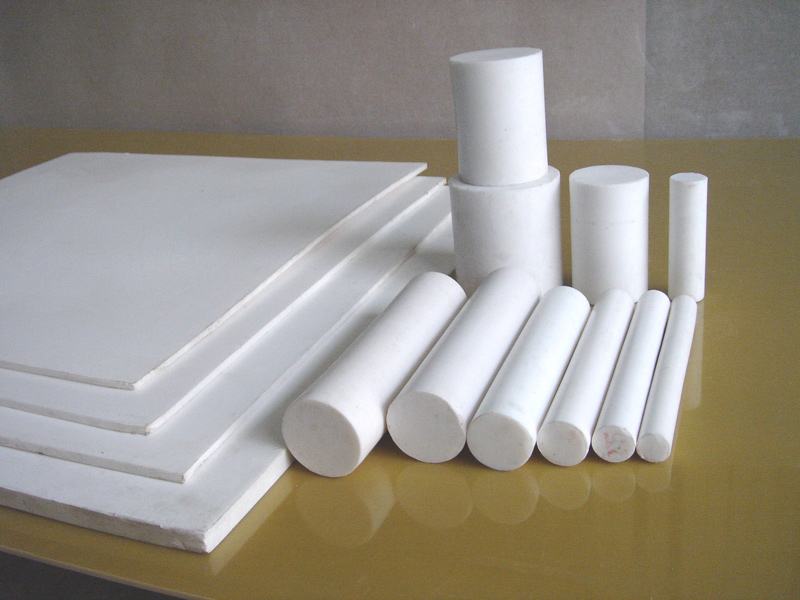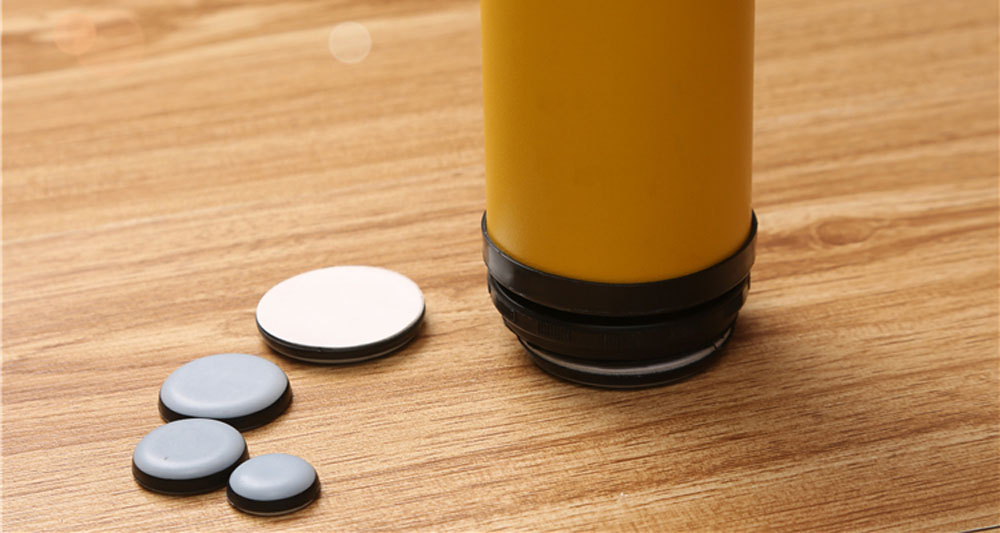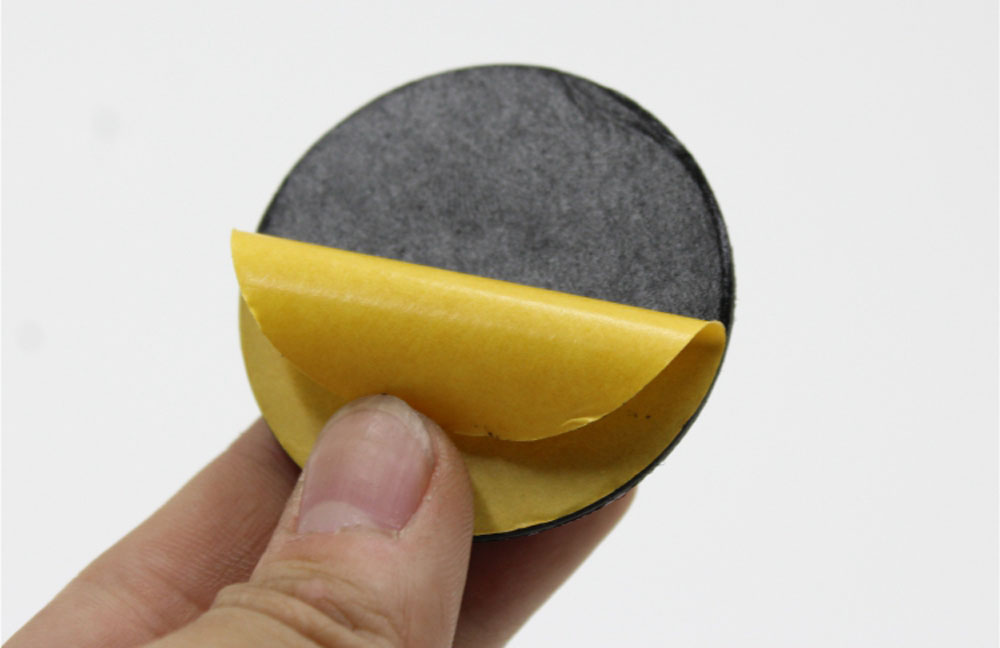News
Why choose Teflon? Analysis of Furniture Teflon glides
History of Teflon
Teflon is derived from the transliteration of the English word Teflon and is a registered trademark of DuPont used on a range of fluoropolymer products. This material was first discovered by Roy Plunkett of DuPont in 1938. When he tried to make a new CFC refrigerant, tetrafluoroethylene was polymerized in a high-pressure storage container. So DuPont obtained its patent in 1941 and registered a trademark under the name "Teflon" in 1944. Its chemical name is polytetrafluoroethylene.

Why choose Teflon? Analysis of Teflon furniture sliding feet

Chemical structure of Teflon
Teflon is widely used in various occasions that need to resist acid and alkali and organic solvents, and is used to make non-stick pans and dry-type transformers. Teflon is soft and is often used for coatings. The most famous application of polytetrafluoroethylene is the exterior wall material of Beijing Water Cube, which is the largest concentrated use in the world. When it was researched, the application field was mainly the inner wall coating of launch rockets with high temperature.
Teflon material properties
The Teflon used to make the feet is actually an industrial tape. Its industrial name is "polytetrafluoroethylene and ultra high molecular weight polyethylene". This kind of industrial tape can usually be installed in the market or building materials center. Why this material is used as a foot pad is inseparable from its characteristics. Its properties include:

1. Non-stickiness: The surface of the coating has extremely low surface tension, so it shows strong non-stickiness. Very few solid substances can stick to the coating permanently. Although the gelatinous substance may adhere to its surface, most materials are easy to clean on its surface.
2. Low friction coefficient: Teflon has the lowest friction coefficient among all solid materials, and its range is about 0.05 ~ 0.2, depending on the surface pressure, sliding speed, and which coating is used.
3. Non-wetness: The coating surface has strong hydrophobic and oleophobic properties, so it is easier and more thorough to clean. In fact, in many cases the coatings exhibit self-cleaning properties.
4, and extremely high surface resistance. After special formulation or industrial treatment, it can even have a certain electrical conductivity and can be used as an antistatic coating.
5. High temperature resistance: The coating has extremely high temperature and fire resistance. This is because Teflon has a very high melting point and spontaneous ignition point, and unexpectedly low thermal conductivity. The working temperature of Teflon coating can reach up to 290 ° C, and the intermittent working temperature can even reach 315 ° C.
6. Chemical resistance: Generally, Teflon® is not affected by the chemical environment. The only chemicals known to affect Teflon R to date are molten rhenium and fluorinating agents at high temperatures.
7. Low temperature stability: Many Teflon® industrial coatings can withstand harsh absolute zero temperatures without losing mechanical properties. Teflon R industrial coatings can be used at temperatures as low as -270oC / -454oF.
Based on the above characteristics, coupled with its mature industrial production capacity, it is not difficult to explain why Teflon can be valued by designers. With the gradual maturity of this material, its excellent feel and super durability have also received more recognition, so more and more brand manufacturers have followed the trend and used special features on their own mice. Flon feet.
Product Categories
- Teflon Glides(42)
- Chair Glides(68)
- Furniture Sliders(14)
- Door Stops(23)
- Leg Tips(54)
- Caster Cups(41)
- Furniture Felt Pad(17)
- Adjustable Feet(74)
- Tube Plug(21)
- Furniture Riser(4)
- Furniture Leg Caps(14)
- Furniture Lifter(4)
- Rubber Feet Wth Screw(3)
- Furniture EVA Self-Stick Pads(7)
- Door Stopper Wall Protector(1)
Contact Us
Huizhou weiliys Technology Co., Ltd
Contact: Polly Wong
E-mail:info@weiliys.com
Tel: 0752-5868059
Add: 1st Floor, 22 Huling North Road, Jiangbei Xiaojinkou, Huicheng District, Huizhou City, Guangdong Province, China




 QQ
QQ skype
skype